Data Persistence with SQLite | Flutter
Whenever you need to store the data on the local then you need to use SQLite to persist the user data.
Why Data Persistence?
Persisting data is important for users since it would be inconvenient for them to type their information every time or wait for the network to load the same data again. In situations like this, it would be better to save their data locally.
Why we use SQLite?
SQLite is a popular choice as embedded database software for local/client storage in application software such as web browsers.
How to use SQLite in a flutter?
Before using SQLite, you should know that
SQLite is not available in a flutter SDK as Android but we have a plugin sqflite that exactly performs all the operation on the database just like in Android and iOS.
Flutter plugin is the wrapper of the native code written in Kotlin or java for Android and swift or objective-c for iOS.
P.S : Plugin can also be created only with dart code
If you are new to SQLite, go through SQLite Tutorial site here.
Implementation
Step 1: Add the dependencies


To work with SQLite databases, import the sqflite and path packages
1. The sqflite package provides classes and functions that allow you to interact with a SQLite database.
2. The path_provider package provides functions that allow you to correctly define the location to store the database on disk such as TemporaryDirectory and ApplicationDocumentsDirectory.
Step 2: Create a Model class
SQLite creates a table for the model class, the fields in the class correspond to columns in the table. Therefore, the classes tend to be small model classes that don’t contain any logic. Our Person class represents the model for the data in the database.
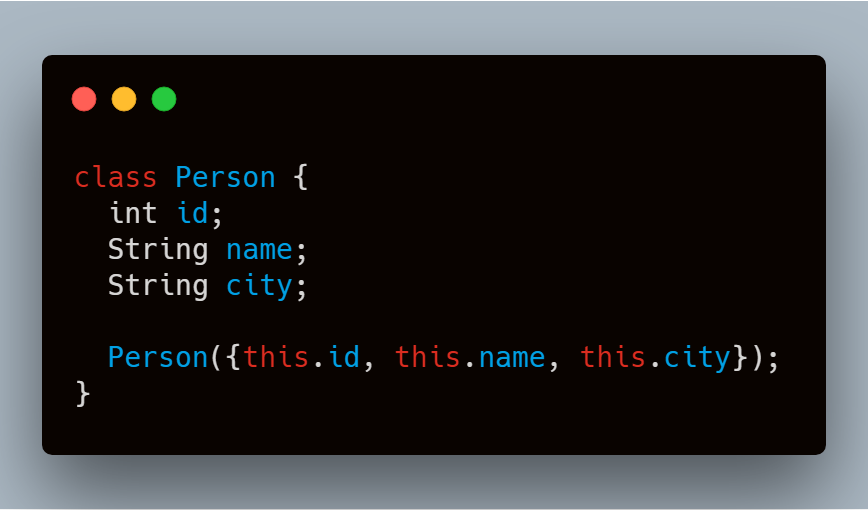

If we want to insert into the database then we need to convert the Person into a Map
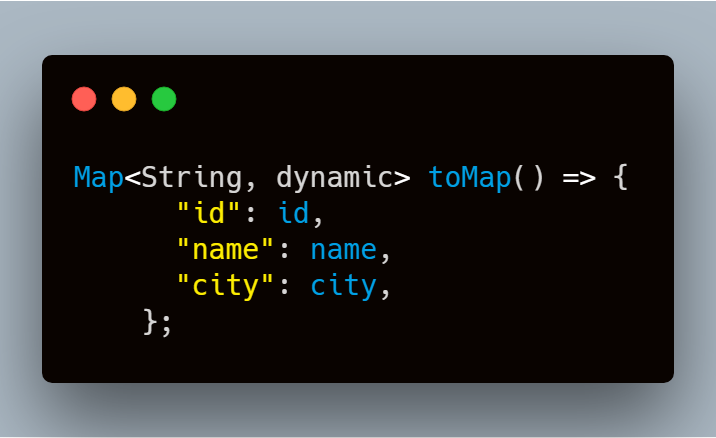

And if we want to retrieve from the database then we need to convert the Map into the Person
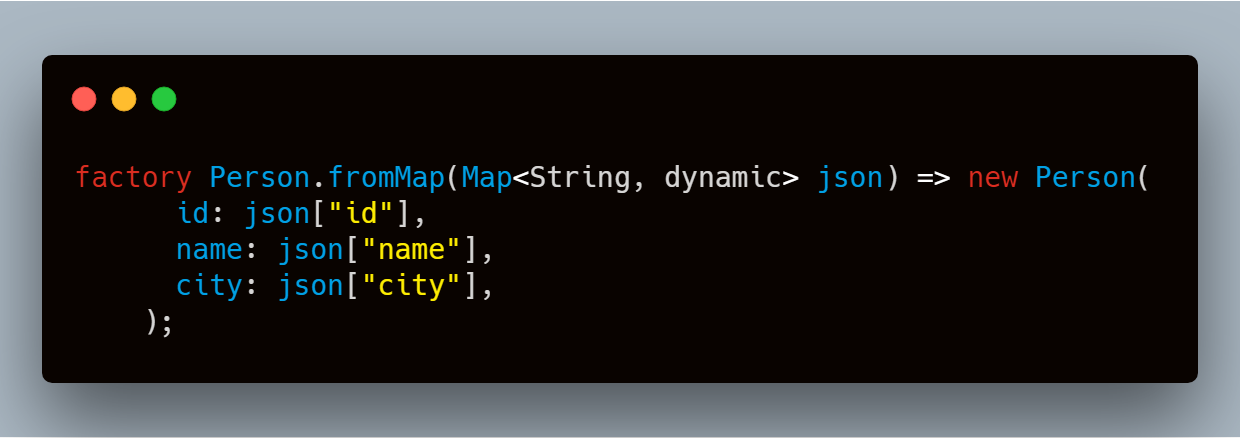

This is how our PODO class will look like
Step 3: Create a database
We will make a separate class as database.dart to make the code more modular and add all the requirements meths for managing the database that can be accessed anywhere in the app.
Create a singleton class DatabaseProvider
Why Singleton?
We use the singleton pattern to ensure that we have only one class instance and provide global point access to it.
How to create a Singleton in Dart?
Create a private constructor that can be used only inside the class.
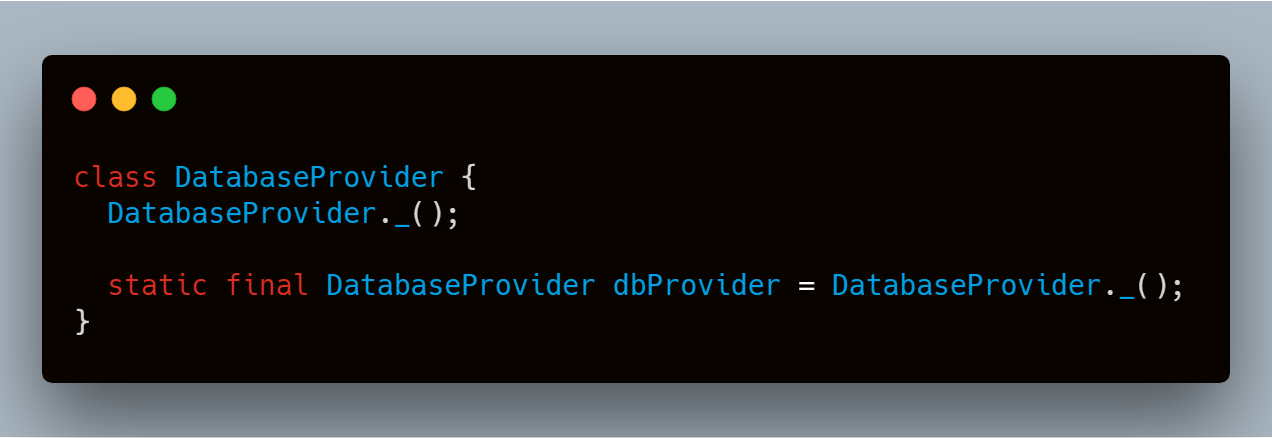

Step 4: Open the Database
Before you read and write data to the database, you need to open a connection to the database. This involves two steps:
1. Define the path to the database file using the getDatabasesPath from the sqflite package combined with the pathfunction from the path package
2. Open the database with the openDatabase function from sqflite
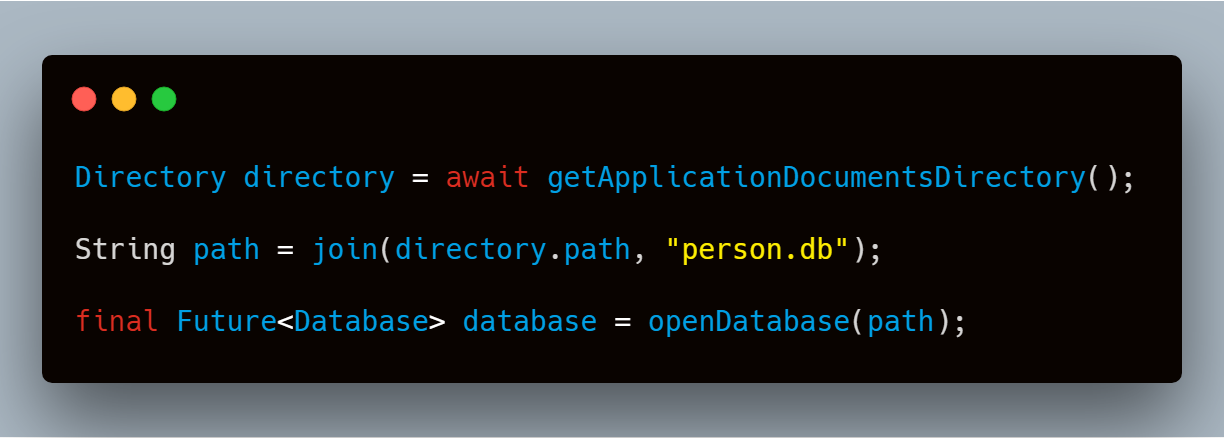

Step 5: Create the table
You need to create a table to store information.
For example, In our case, we create a table called Person that defines the data that can be stored. In this case, each Person contains an id, name, and city. Therefore, these will be represented as three columns in the Person table.
1. The id is a Dart int, and will be stored as an INTEGER SQLite Datatype. It is also good practice to use an id as the primary key for the table to improve query and update times.
2. The name is a Dart String, and will be stored as a TEXT SQLite Datatype
3. The city is also a Dart String, and will be stored as an TEXT Datatype
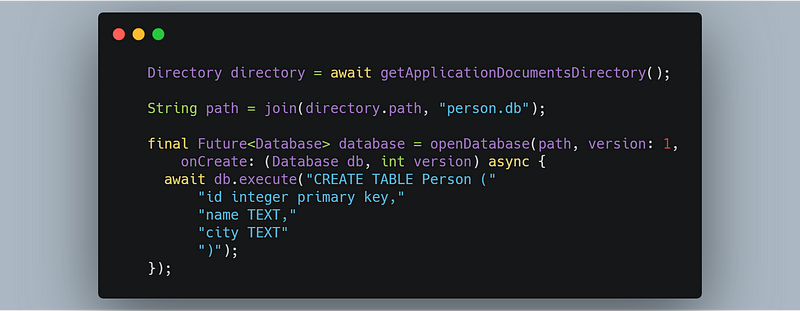


To prevent from opening a connection to the database again and again we can use this:
Step 6: Managing the data
Now we are going to show you how you can perform an operation on the SQLite database.
Query:
getAllPersons() will return all the person from the SQLite database if available.
Insert:
Delete:
If you see we have two methods, one deletes the row with particular id and other deletes all data present in the table, you can change all the query according to your need.
Update:
If these small code snippets still confuse you we have the complete code of the database class:
Step 7: Using the data
In order to use the database we need to create the instance of the database and use the method present in the database class
DatabaseProvider.db
This will help us to perform an operation on the database.
like if we want to get the person in the database we will use the method that we have defined in our DatabaseProvider class
DatabaseProvider.db.getAllPersons()
And if I want to display it in the list then I’ll use FututeBuilder :
That it for SQLite in flutter.
Thanks for reading this article
If we got something wrong? Let me in the comments. we would love to improve.
FlutterDevs team of Flutter developers to build high-quality and functionally-rich apps. Hire flutter developer for your cross-platform Flutter mobile app project on hourly or full-time basis as per your requirement! You can connect with us on Facebook and Twitter for any flutter related queries.
Post a Comment
You must be logged in to post a comment.



























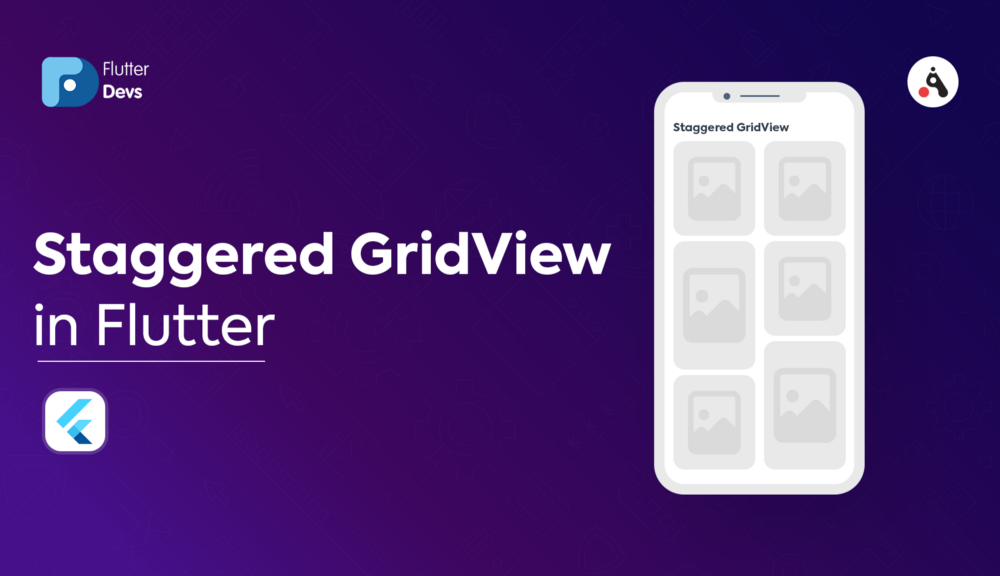

Imogene
October 18, 2020Hello! I’ve been reading your web site for a while
now and finally got the courage to go ahead and give you a shout out from Kingwood
Tx! Just wanted to tell you keep up the fantastic job!
Crystal
October 19, 2020Excellent post. I was checking constantly this blog and I’m impressed!
Extremely useful information specifically the last part 🙂 I care for such information a lot.
I was looking for this particular info for a long
time. Thank you and best of luck.
Bailey
October 22, 2020Thank you for the auspicious writeup. It in truth used to
be a entertainment account it. Look complex to more added agreeable from you!
However, how could we be in contact?